Future Treasures: The Midnight Queen by Sylvia Izzo Hunter
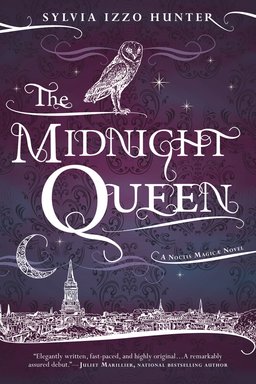 In these post Harry Potter days, it takes a certain authorial courage to set a fantasy novel in a wizarding school. Sylvia Izzo Hunter has done exactly that with her first novel The Midnight Queen, the opening book in the Noctis Magicae series, released next month. I’m intrigued by the book blurb, which hints at an older target audience than Rowling’s series, as well as a hint of romance.
In these post Harry Potter days, it takes a certain authorial courage to set a fantasy novel in a wizarding school. Sylvia Izzo Hunter has done exactly that with her first novel The Midnight Queen, the opening book in the Noctis Magicae series, released next month. I’m intrigued by the book blurb, which hints at an older target audience than Rowling’s series, as well as a hint of romance.
In the hallowed halls of Oxford’s Merlin College, the most talented — and highest born — sons of the Kingdom of Britain are taught the intricacies of magickal theory. But what dazzles can also destroy, as Gray Marshall is about to discover…
Gray’s deep talent for magick has won him a place at Merlin College. But when he accompanies four fellow students on a mysterious midnight errand that ends in disaster and death, he is sent away in disgrace — and without a trace of his power. He must spend the summer under the watchful eye of his domineering professor, Appius Callender, working in the gardens of Callender’s country estate and hoping to recover his abilities. And it is there, toiling away on a summer afternoon, that he meets the professor’s daughter.
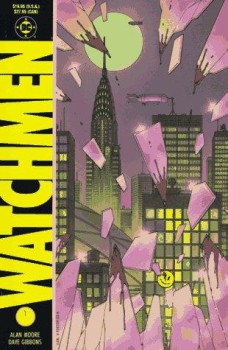
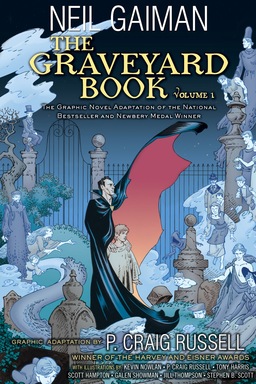
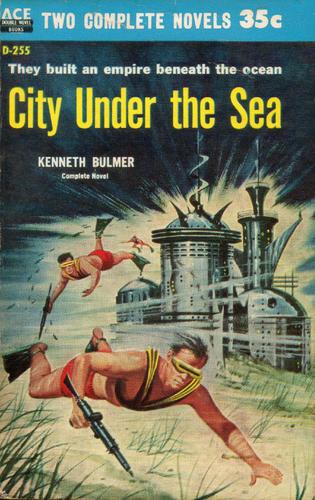
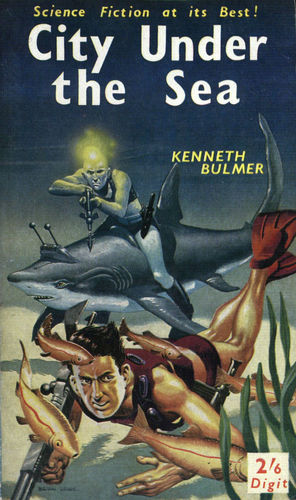
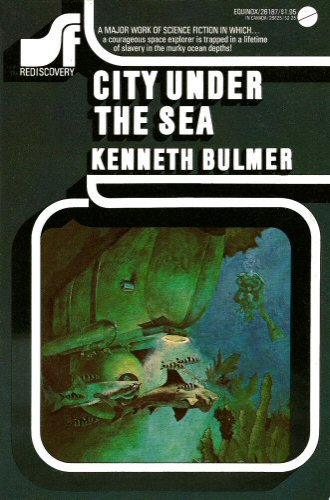
 As I write this, I’m preparing for a vacation in the country. It’s an odd thing, in that the past three weeks have been a kind of vacation in themselves, as thanks to John O’Neill here at Black Gate and to the Fantasia staff, I was able to cover this year’s edition of the Fantasia International Film Festival. Still, watching (by my count) thirty-nine movies and writing about all of them was quite a project. Fun, though. I thought I’d take a quick post to wrap up my coverage by talking about what I’ve learned from the experience.
As I write this, I’m preparing for a vacation in the country. It’s an odd thing, in that the past three weeks have been a kind of vacation in themselves, as thanks to John O’Neill here at Black Gate and to the Fantasia staff, I was able to cover this year’s edition of the Fantasia International Film Festival. Still, watching (by my count) thirty-nine movies and writing about all of them was quite a project. Fun, though. I thought I’d take a quick post to wrap up my coverage by talking about what I’ve learned from the experience. I closed out this year’s Fantasia film festival with a movie on Wednesday and another on Thursday. Together they seemed to say something about the festival, in that they had virtually nothing in common. They’re from different countries, they’re different genres of film, they have wildly different budgets — and yet somehow they both seem to belong at Fantasia. Unsurprisingly, one played the big Hall Theater, while the other screened at the small De Sève.
I closed out this year’s Fantasia film festival with a movie on Wednesday and another on Thursday. Together they seemed to say something about the festival, in that they had virtually nothing in common. They’re from different countries, they’re different genres of film, they have wildly different budgets — and yet somehow they both seem to belong at Fantasia. Unsurprisingly, one played the big Hall Theater, while the other screened at the small De Sève. Last Tuesday saw the presentation of the official closing film of the 2014 Fantasia International Film Festival. Film festivals being what they are, there’d actually be another two days of films after that. In any event, I’d manage to see the closer, after catching two other movies earlier in the day.
Last Tuesday saw the presentation of the official closing film of the 2014 Fantasia International Film Festival. Film festivals being what they are, there’d actually be another two days of films after that. In any event, I’d manage to see the closer, after catching two other movies earlier in the day.
 As I said in my last post, I went out of town for the first weekend of August, and thus missed a couple days’ worth of movies playing at the Fantasia film festival. I was able to catch up with some on Monday, though. Fantasia maintains a screening room, with workstations where journalists, industry people, and other accredited folks can watch movies on computer. It’s not the optimal way to experience a film — they’ve usually been burned onto a DVD or accessed through a private Vimeo account — but it’s serviceable if you can’t catch the movie any other way. The screening room usually loses rights to the movies shortly after they play at the festival, but when I went by on Monday, there were still quite a few available.
As I said in my last post, I went out of town for the first weekend of August, and thus missed a couple days’ worth of movies playing at the Fantasia film festival. I was able to catch up with some on Monday, though. Fantasia maintains a screening room, with workstations where journalists, industry people, and other accredited folks can watch movies on computer. It’s not the optimal way to experience a film — they’ve usually been burned onto a DVD or accessed through a private Vimeo account — but it’s serviceable if you can’t catch the movie any other way. The screening room usually loses rights to the movies shortly after they play at the festival, but when I went by on Monday, there were still quite a few available.
